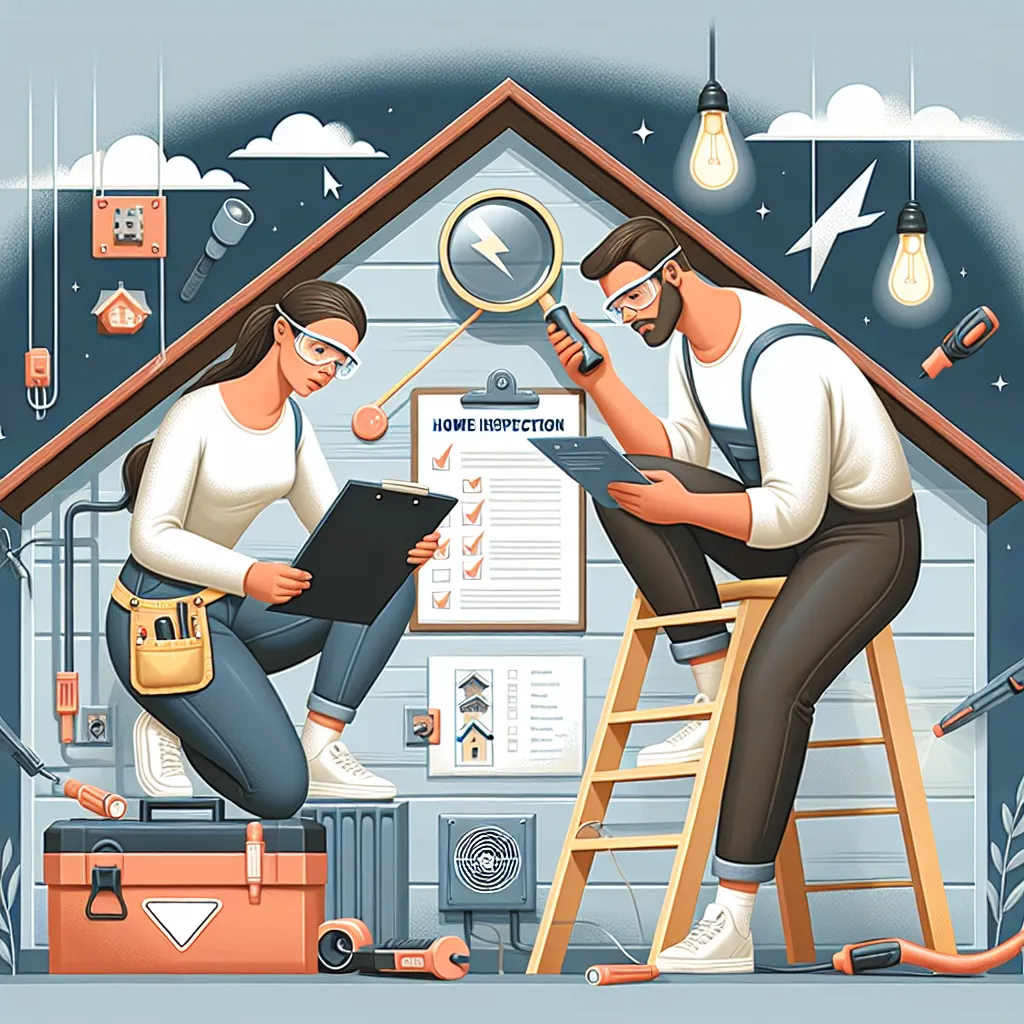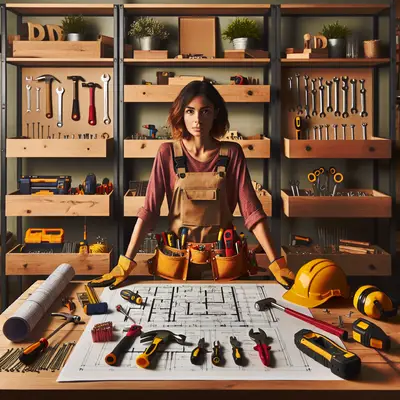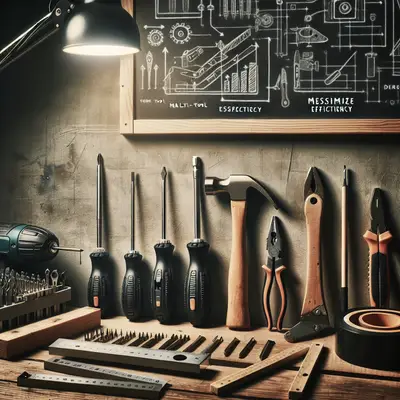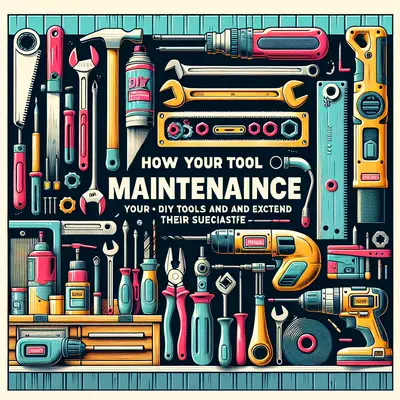Conducting your own home inspection can save you time, money, and the stress of dealing with unexpected repairs. While you may not be a professional, with the right tools and knowledge, you can spot potential issues before they become costly problems. Here's a step-by-step guide to help you with this important task.
Step 1: Examine the Exterior
Start your inspection from the outside. Look for cracks in the building's exterior, signs of water damage, and any loose or missing roof shingles. Broken gutters, downspouts, and exterior light fixtures should also be noted for repair.
Step 2: Check the Foundation
Your home's foundation is vital to its structural integrity. Check for any visible cracks or signs of moisture in the basement or crawl space. If you notice any large cracks or persistent dampness, it's best to consult with a professional to evaluate the situation.
Step 3: Inspect the Attic
The attic can reveal many potential issues, including leaks, insulation problems, or pest infestations. Look for signs of moisture or mold, and check the insulation's condition. Ensure that there are no signs of rodents or insects, as these can cause significant damage if not addressed.
Step 4: Evaluate Plumbing and Electrical Systems
Check visible pipes for leaks, corrosion, or rust. Test all faucets and showers for proper water pressure. Inspect the electrical panel for any outdated fuses or circuit breakers. Remember, safety first—do not touch any exposed wires or try to fix electrical issues on your own.
Step 5: Review Heating and Cooling Systems
Inspect your heating and cooling systems to ensure they're in good working order. Look for signs of wear and tear on the furnace and AC unit. Changing filters regularly and scheduling professional maintenance can prolong the life of these systems.
Conclusion
Conducting a home inspection on your own can be a proactive way to spot potential issues and address them promptly. Remember, this guide is for preliminary checks, and it's always best to hire a professional for a thorough inspection when buying a new home or if you suspect serious issues. Happy inspecting!



